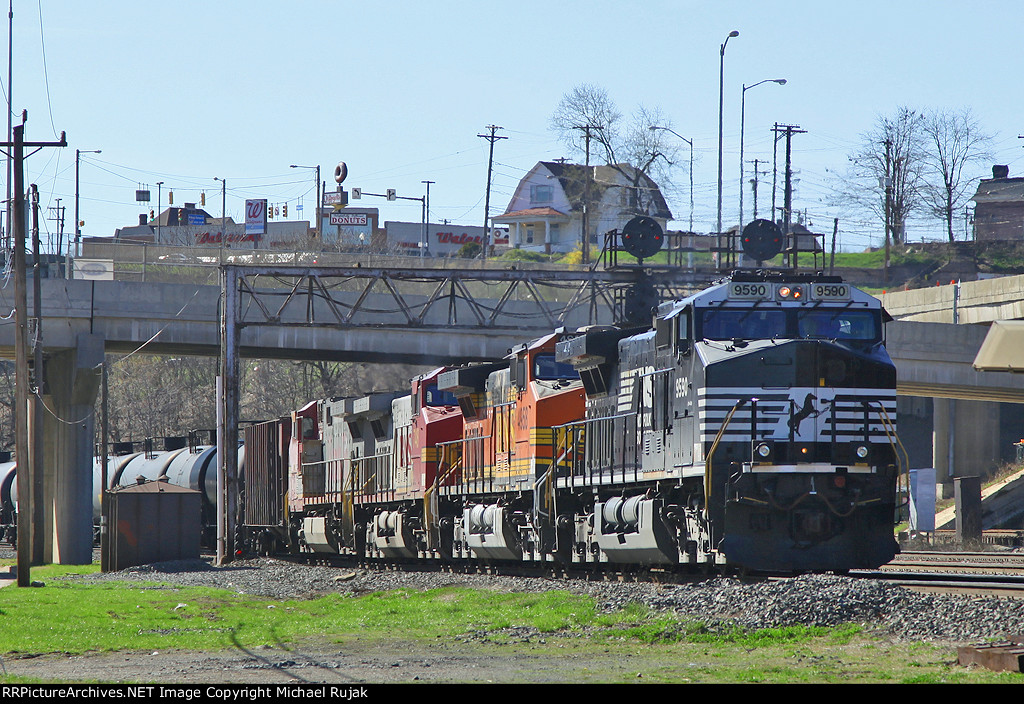There are some changes afoot in the Perryville area on Amtrak's Northeast Corridor. To start, about a month ago I received this rare bit of good news about changes to GRACE interlocking, which featured Amtrak's brief operational test of Conrail style tri-light signals.
Well turns out the experiment is over and Amtrak is replacing them with colorized position lights. So thumbs up emoji!
Unfortunately, Amtrak isn't stopping there. It turns out they are also replacing the main line dwarf and pedestal signals at PERRY interlocking with CzPL masts. I have to assume this is motivated by the 562 project that was reported to be going in between PRINCE and RAGAN as the new mast have 'C' boards, however unless Amtrak is looking to expand track capacity with extra ABS blocks, the "Clear to Next Interlocking" indications are completely unnecessary as the NEC between OAK and PRINCE is comprised entirely of back-to-back interlockings! Did someone retire because you folks used to do this the right way with Rule 261 or Interlocking Rules replacing 562 in instances of back-to-back interlockings.
Maybe someone thought that a 'C' lamp couldn't be attached to a pedestal or dwarf signal, but Conrail had no problem fitting 'C' lamps to PL dwarfs at CP-MA on the Morrisville Line.
Since the new signals are being spliced in, not going up in parallel, the typical "testing in parallel to save money" does not apply. No position lights are always nice, but IMHO these full sized masts just look ungainly. In electrified territory the signals should be up on gantries or it just looks half assed. WWPRRD!










